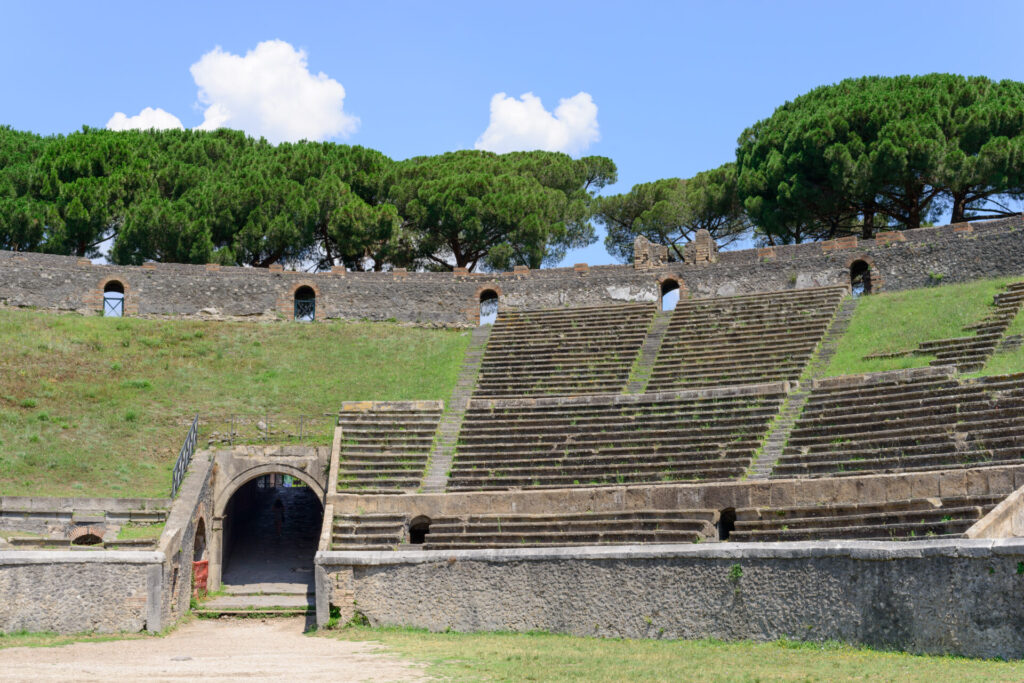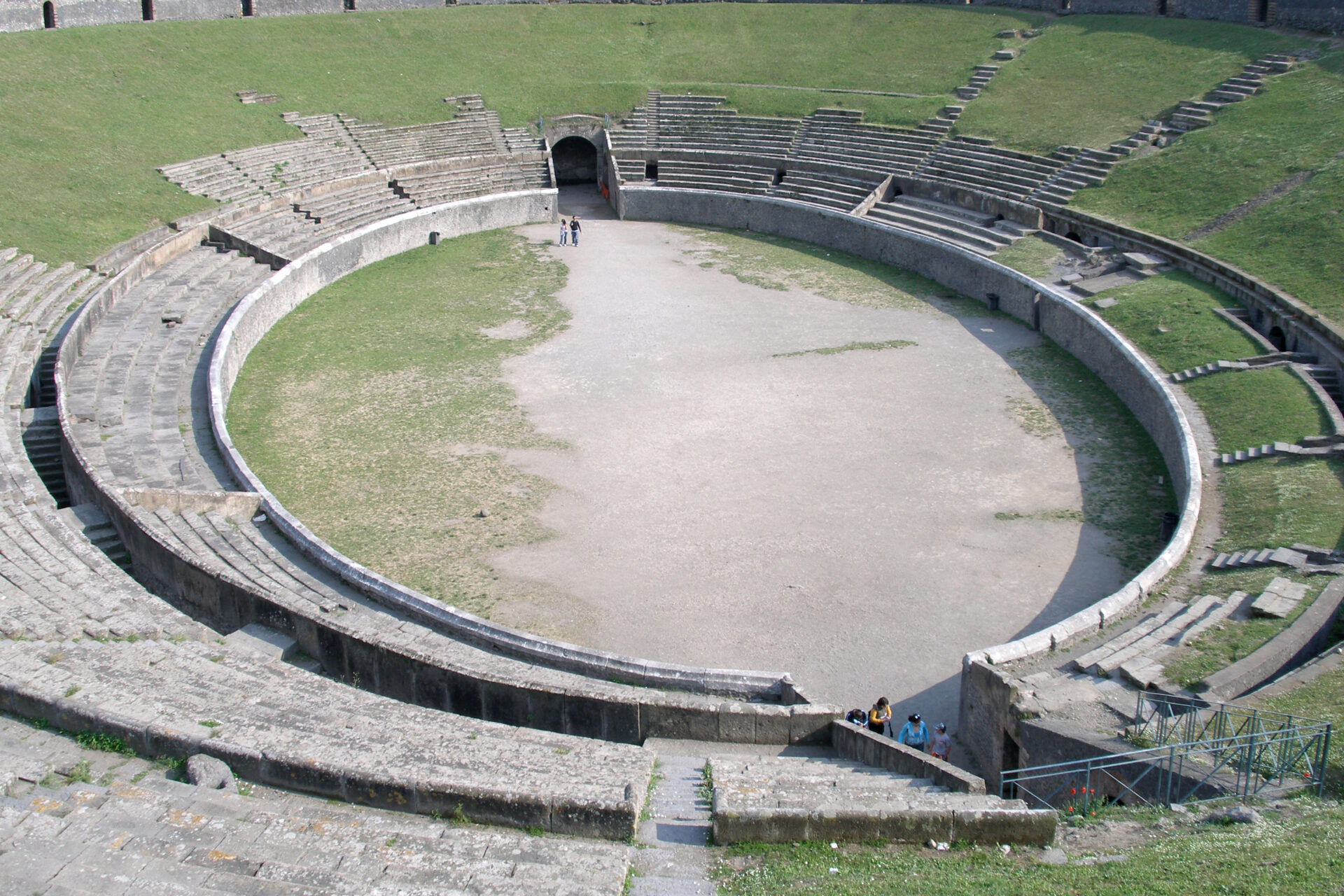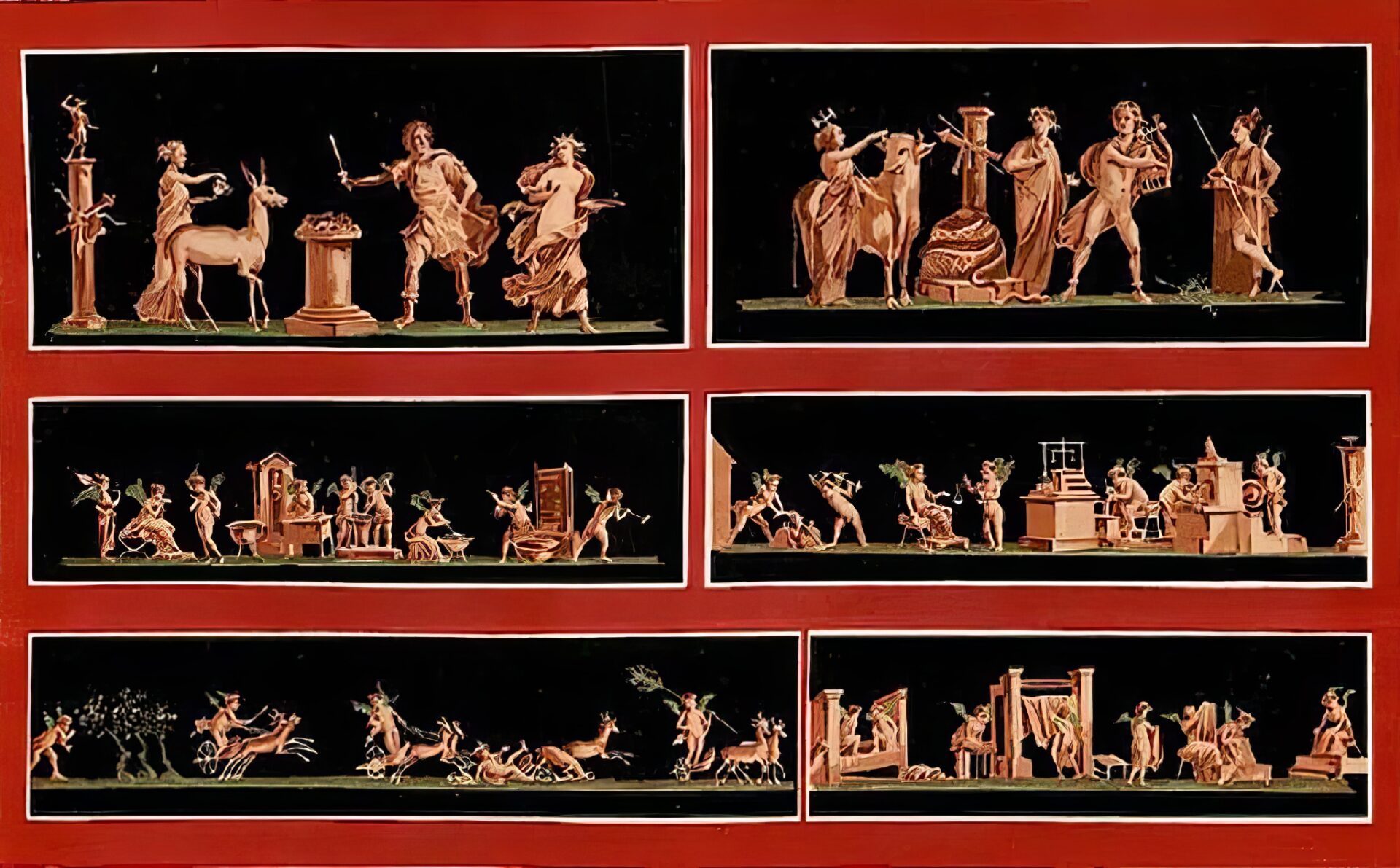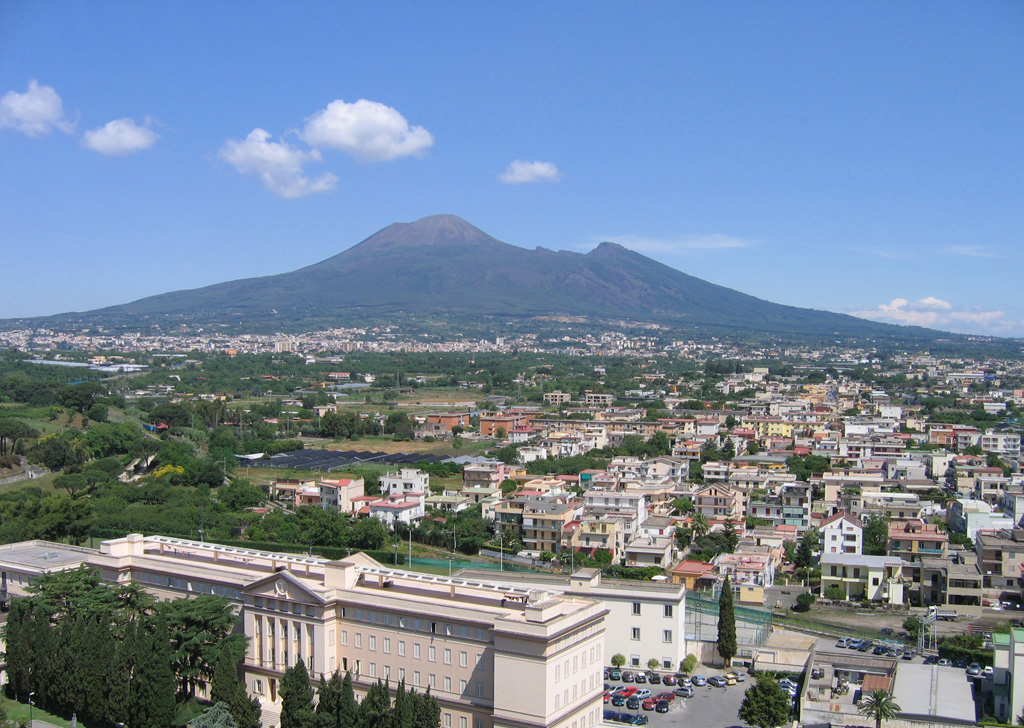When Games Turned to Blood
The amphitheater of Pompeii once rang with the cheers of eager spectators, the clang of swords, and the cries of wounded gladiators. But in 59 AD, the spectacle turned into slaughter, although sometimes the spectacle was sometimes more than brutal. This time, the fighting was not on the sand of the arena, but in the stands. What began as a gladiator match ended in a violent riot between the citizens of Pompeii and the neighboring town of Nuceria. It became one of the most notorious sports riots in Roman history, so shocking that even Emperor Nero and the Roman Senate took notice. It is one of the first cases of sports hooliganism in history.
This was more than a local scuffle—it was a complete disaster that reflected the fierce pride of Roman cities, the political use of public games, and the brutal consequences when rivalries boiled over. Thanks to Tacitus and a fresco discovered in Pompeii, we can very accurately reconstruct the day Rome’s thirst for blood entertainment turned against itself.

Source: Bernard Gagnon, CC BY 4.0 https://creativecommons.org/licenses/by/4.0, via Wikimedia Commons
The Rivalry: Pompeii, Nuceria, and the Gladiator Spectacle
Gladiator games were more than entertainment; they were political theater, and for some, the way of life. Local elites often sponsored them to win public favor, boost civic pride, and display wealth. In 59 AD, such an event was hosted in Pompeii by a prominent local figure named Livineius Regulus, who had recently returned from exile. Pompeii’s amphitheater could hold thousands, and although it had such a large capacity, it was packed that day. Alongside the local crowd came visitors from Nuceria, a neighboring town just south of Mount Vesuvius. The two cities had a history of tension, and the arena was the perfect stage for their rivalry to erupt.
Tacitus, the Roman historian, recounts that the match began like any other. But taunts and jeers escalated into insults, and insults quickly turned into physical violence. Stones and weapons were drawn. What followed was not a fight—it was a battle, which looked like a civil war. The citizens of Pompeii and Nuceria clashed in full-scale combat within the stands, on the stairs, and outside the amphitheater itself. Tacitus notes that many Nucerians were gravely wounded, and some lost their lives. Blood was spilled not just in the arena, but by those who were supposed to be watching.

Imperial Justice: Nero’s Response and the Senate’s Verdict
When the survivors limped home to Nuceria, they didn’t just bury their dead—they appealed to the Emperor himself. The case and the plea soon reached Emperor Nero, who had only recently come to power. Wanting to assert imperial authority and prevent further unrest, he referred the matter to the Roman Senate. After investigating the violence, the Senate issued a rare and dramatic punishment: the Pompeii amphitheater was to be closed for ten years. Such bans were almost unheard of, highlighting the severity of the offense.
Even more notably, Livineius Regulus, the sponsor of the games, was exiled for his role in the chaos. His attempt to gain popularity had backfired, resulting in disgrace and banishment. This response wasn’t just about punishing Pompeii. It was a message to all Roman cities: while the Empire tolerated a certain level of public spectacle and aggression, open bloodshed between towns threatened imperial order. Even in a society that glorified violence, there were limits.

Echoes on the Wall: Archaeology Meets History
This story was left buried under the ashes after the infamous eruption. Still, centuries later, an extraordinary discovery brought new life to this story. Among the ruins of Pompeii, archaeologists uncovered a fresco on the wall of a private house. The painting clearly depicts the riot in the amphitheater: panicked figures running, armed men clashing, and even ladders propped against the amphitheater walls. It’s a chaotic, colorful image that matches Tacitus’s account almost detail for detail.
This fresco is remarkable because it’s one of the only visual depictions of urban violence in the Roman world. It shows us not just the riot, but how the people of Pompeii remembered, or perhaps, glorified their role in it. Was it a cautionary tale, or a point of pride? The question remains. Together, the written account of Tacitus and the archaeological evidence of the fresco offer an incredibly rare historical convergence. We don’t often get to see ancient events through both the eyes of a Roman historian and the brushstrokes of a Roman citizen.
A Day Meant for Glory, Stained by Blood
The Pompeii gladiator riot of 59 AD reminds us that the past is not just about emperors and armies—it’s also about the everyday passions of ordinary people. What was supposed to be a day of spectacle and celebration became a civic tragedy, memorialized not just in Senate records but in paint on a villa wall. It tells us that even in an empire built on discipline and hierarchy, local pride could explode into chaos. And it shows us that sport, then as now, was never just a game. It was identity, rivalry, and in this case, a catalyst for bloodshed.
Pompeii would burn again twenty years later under the fury of Mount Vesuvius. But on that day in 59 AD, the fire came from within

Hello, my name is Vladimir, and I am a part of the Roman-empire writing team.
I am a historian, and history is an integral part of my life.
To be honest, while I was in school, I didn’t like history so how did I end up studying it? Well, for that, I have to thank history-based strategy PC games. Thank you so much, Europa Universalis IV, and thank you, Medieval Total War.
Since games made me fall in love with history, I completed bachelor studies at Filozofski Fakultet Niš, a part of the University of Niš. My bachelor’s thesis was about Julis Caesar. Soon, I completed my master’s studies at the same university.
For years now, I have been working as a teacher in a local elementary school, but my passion for writing isn’t fulfilled, so I decided to pursue that ambition online. There were a few gigs, but most of them were not history-related.
Then I stumbled upon roman-empire.com, and now I am a part of something bigger. No, I am not a part of the ancient Roman Empire but of a creative writing team where I have the freedom to write about whatever I want. Yes, even about Star Wars. Stay tuned for that.
Anyway, I am better at writing about Rome than writing about me. But if you would like to contact me for any reason, you can do it at contact@roman-empire.net. Except for negative reviews, of course. 😀
Kind regards,
Vladimir
